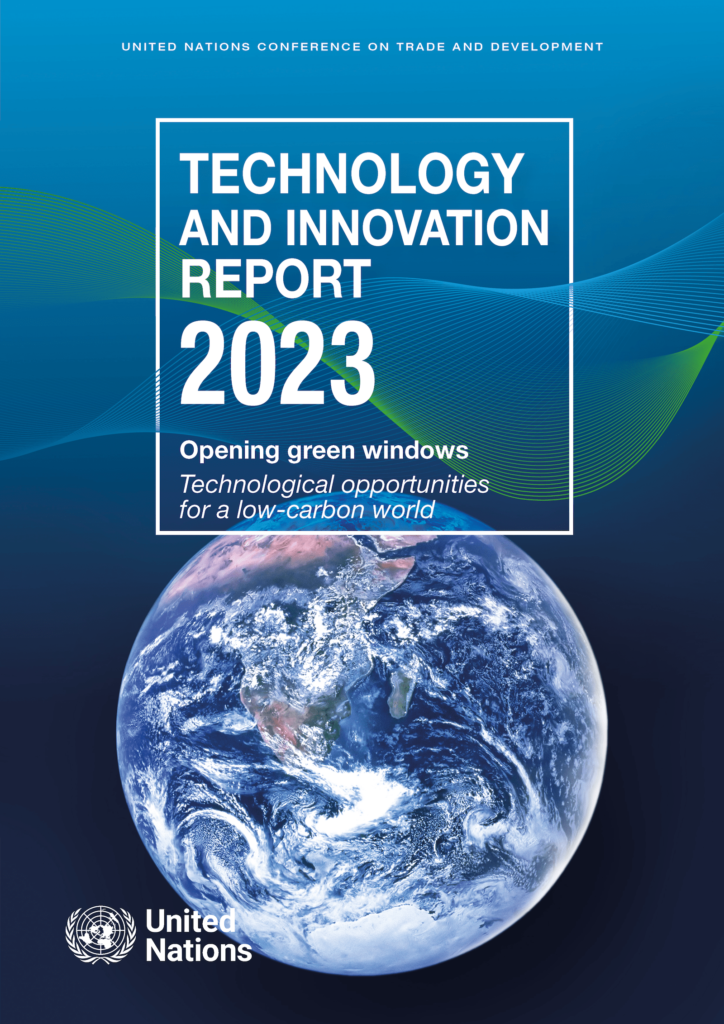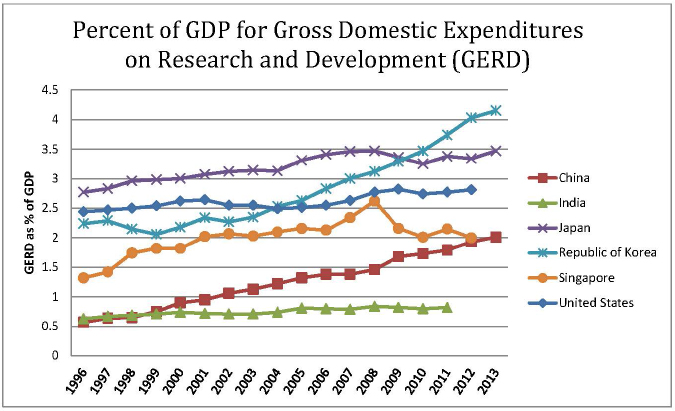Policy issues technology, and innovation
American politics and technological progress have been inextricably intertwined throughout U.S. history. The government has played an essential role in fostering technological innovation, particularly by funding research and development, establishing regulatory frameworks, and promoting public-private partnerships( Policy issues, technology, and innovation).
One of the most prominent examples of government investment in technological development is the creation of the Internet. In the 1960s and 1970s, the United States government-funded research into computer networks that eventually led to the development of the Internet. Similarly, government investment in the development of semiconductors and other key technologies has helped grow the technology industry.
In addition to direct investment, government policies related to intellectual property, trade, and immigration have also shaped the trajectory of technology development in the United States. For example, patent laws have helped incentivize innovation by granting inventors exclusive rights.
Trade policies have facilitated the flow of technology and knowledge across borders, while immigration policies have helped attract and retain talent worldwide.
Office of Science and Technology Policy (USA)
However, the relationship between American policies and technological progress is complex, and there have been cases where government policies have hindered innovation. For example, overly burdensome regulations or stifling competition can limit technological progress. Furthermore, policies prioritizing short-term benefits over long-term investment in research and development can also negatively affect innovation.
Overall, the relationship between American policy and technological progress is multifaceted and evolving and will likely continue to shape the trajectory of innovation in the United States for years to come.
Policy issues
Science, technology, and innovation
Science, technology, and innovation are the base of the American economy. They are also dominant forces in modern society and international economic development. Strengthening these areas can enhance open, transparent, and meritocratic governance systems around the world.
The State Department conducts public diplomacy programs that promote the value of science to the public. It also runs capacity-building programs in emerging markets that train young men and women to become science and technology entrepreneurs and strengthen innovation ecosystems globally.
The Department’s efforts support science-based enterprises that accelerate economic growth and advance U.S. foreign policy priorities.
Read more about what specific offices are doing to support this policy issue:
Office of Science and Technology Cooperation (STC): STC, part of the Office of Oceans and International Environmental and Scientific Affairs (OES), develops science, technology, and innovation (STI) ecosystems to support U.S. foreign and economic policy priorities. Cultivates It uses a wide range of tools and external partnerships to strengthen STIs around the world.
Office of the Secretary of State’s Science and Technology Advisor (STAS): STAS provides a focal point for integrating science, technology, and innovation into U.S. foreign policy. It predicts the foreign policy effects of STI R&D and the effects of high technology and private sector discoveries. It is a central bridge between the ministry and the U.S. and global STI communities.
Office of Space Affairs (S.A.): S.A. conducts diplomatic and public diplomacy efforts to strengthen U.S. leadership in the exploration, applications, and commercialization of space by increasing understanding and support for U.S. national space policies and programs and encouraging the foreign use of space.
American Policies and their impact on technological progress
(policy strategies in the Age of Technology)
American policies have a lot to do with the advancement of technology and its impact on global societies. Considering America’s continuous effort to create innovative policies and strong support in the field of technology, its impact on the growth and development of technology can be seen. In this article, we examine American policies and their role in the advancement of technology.
Focus on research and development.
One of the main policies of the United States in the field of technology is to focus on research and development. By allocating significant funds for research and technology development, America provides the ground for progress and innovation in this field. This policy has led to the production of software, hardware, and advanced technologies that positively impact global communities.
Investing in startups
America strives to advance technology by strongly supporting startups and encouraging entrepreneurship. Creating soft conditions for the growth of startups, including providing financial facilities and government support, has created a suitable platform for innovation and technology development. The successful startups that have emerged, with new ideas and the use of advanced technologies, have had a real performance in the development of technology and have boosted the American economy.
Cooperation between government and industry
Another policy that the United States pursues in the direction of technological advancement is continuous cooperation between the government and industry. By providing facilities and facilitating cooperation, the U.S. government pushes the technology industry toward development and innovation. This cooperation creates strategic partnerships between the government and technology companies and leads to the production and dissemination of advanced technologies. Also the government is also trying to protect the privacy and security of developing technology by creating protective and protective measures.
Attracting top talent
One of the important strategies of America in the field of technology is to attract and retain top talents. By offering educational, research, and career opportunities, America has been able to attract top talent and attract outstanding professionals in various fields of technology, including artificial intelligence, the Internet of Things, and robotics. These talents contribute a lot to the advancement of technology in America with great efforts and using the advanced infrastructure.
Conclusion
American policies in the field of technology, focusing on research and development, investing in startups, cooperation between the government and industry, attracting top talents, and creating suitable platforms for innovation, significantly impact the advancement of technology and the development of global societies. These policies have introduced America as one of the world leaders in the field of technology and have an important role in shaping the future of technology.
Final notes
* Albert Pratt, Professor of Public Service at the John F. Kennedy School of Government, Harvard University, and director of CSIA’s Science, Technology, and Public Policy Program.
1. This article is based on Dael Wolfle’s 1991 lecture, Graduate School of Public Affairs, University of Washington, October 14, 1991.
This article draws on several other manuscripts: Louis M. Branscomb, “Toward a U.S. Technology Policy,” Issues in Science and Technology, Vol. 7, number 4, summer 1370, pp. 55-50; Testimony by L.M. Branscom to the Joint Economic Committee of the United States Congress, September 12, 1991. Speech at the World Standards Summit in Madrid, Spain, October 7, 1991.
And John Allick, Louis Branscomb, Harvey Brooks, Ashton Carter, and Gerald Epstein, From Beyond the Spinoff: Military and Commercial Technologies in a Changing World, to be published by Harvard Business School Press in early 1992.
- Bush, Vanwar, Science, The Endless Frontier, Washington, DC: National Science Foundation, pp. 40-5, July 1945, reprinted 1960, and in 1983.
- Bruce LR Smith, American Science Policy Since World War 11, Washington, DC: Brookings Institution, 1990, pp. 48-52 and 164-166.
- Henry Ergas, “Does Technology Policy Matter?” In Guile, Bruce R and Harvey Brooks, Technology and Global Industry: Companies and Nations in the World Economy, National Academy Press, 1987, p. 192.
- Edwin Mansfield, “Academic Research and Industrial Innovation,” Research Policy, vol. 20, (1991), pp. 1-12
- Stephen Klein, “Innovation Models and Their Policy Implications,” in H. Inose, M. Kawasaki, and F. Kodama, eds., Science and Technology Policy Research: “What Should Be Done? What Can Be Done?”
Tokyo: Mita Press, 1991, pp. 125–140. For background, see Klein, S., and Rosenberg, N., “Innovation at a Glance,” in Ralph Landau and Nathan Rosenberg, eds., The Positive Sum Strategy: Harnessing Technology For Economic Growth, Washington, DC: National Academy Press, 1986, pp. 275-306.
Gomori, Ralph, “From the Ladder of Science” to the Product Development Cycle, Harvard Business Review, November-December 1989, pp. 105-99.
- J. Alic, L. M. Branscomb, H. Brooks, A. Carter, and G. Epstein, Beyond Spinoff. Military and Business Technologies in a Changing World, Boston: Harvard Business School Press, first edition 1992.
- President’s Scientific Research Council, Science, and Public Policy: Research Administration, three vols., United States Government Printing Office, 1947, vol. 1, page 26, commonly known as the “Man of Steel Report.” These recommendations were implemented by President Eisenhower in Executive Order 10521 on March 17, 1954.
- 10. There were, of course, several counterexamples: the Mansfield Amendment, which required academic scientists to accept responsibility for the value of their work for defense missions, and the RANN program at NSF, which applied social value testing to science. None of them survived more than a few years.













